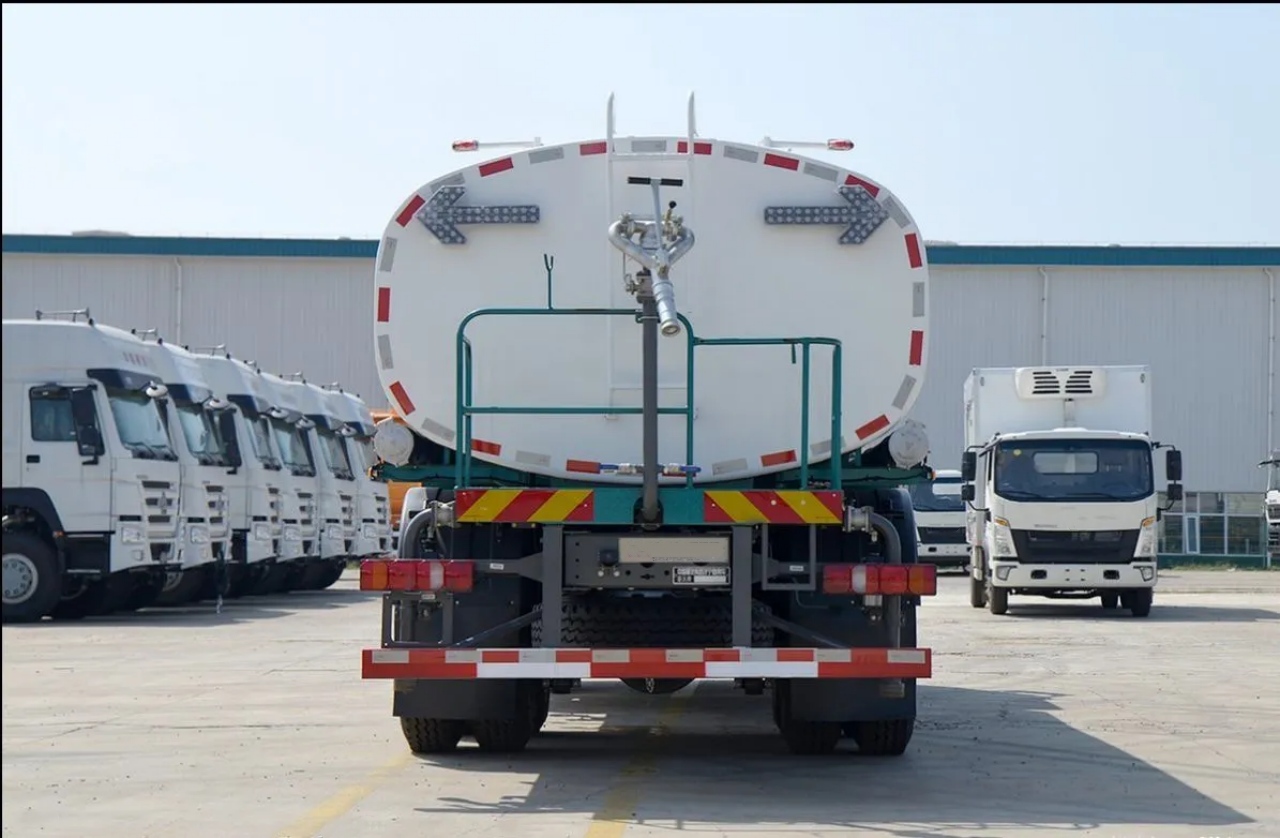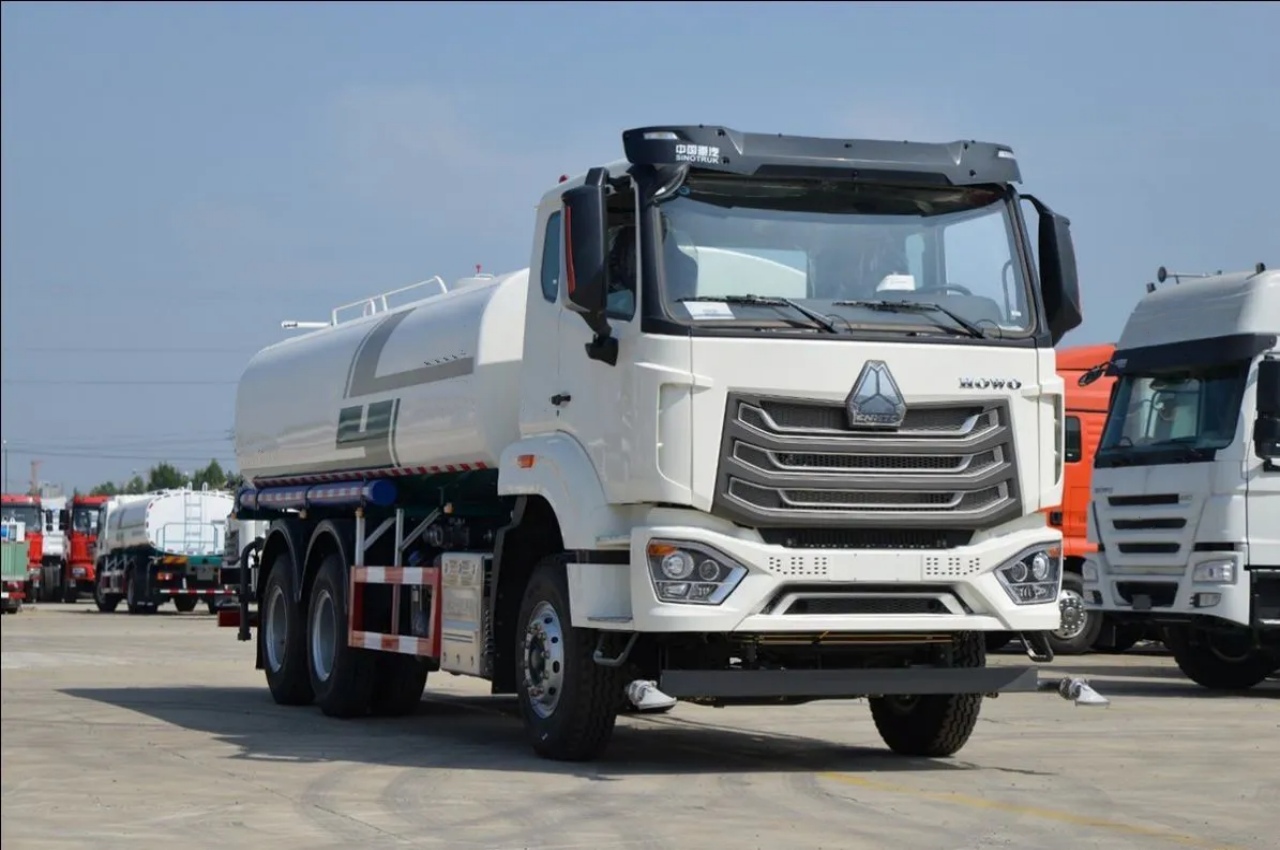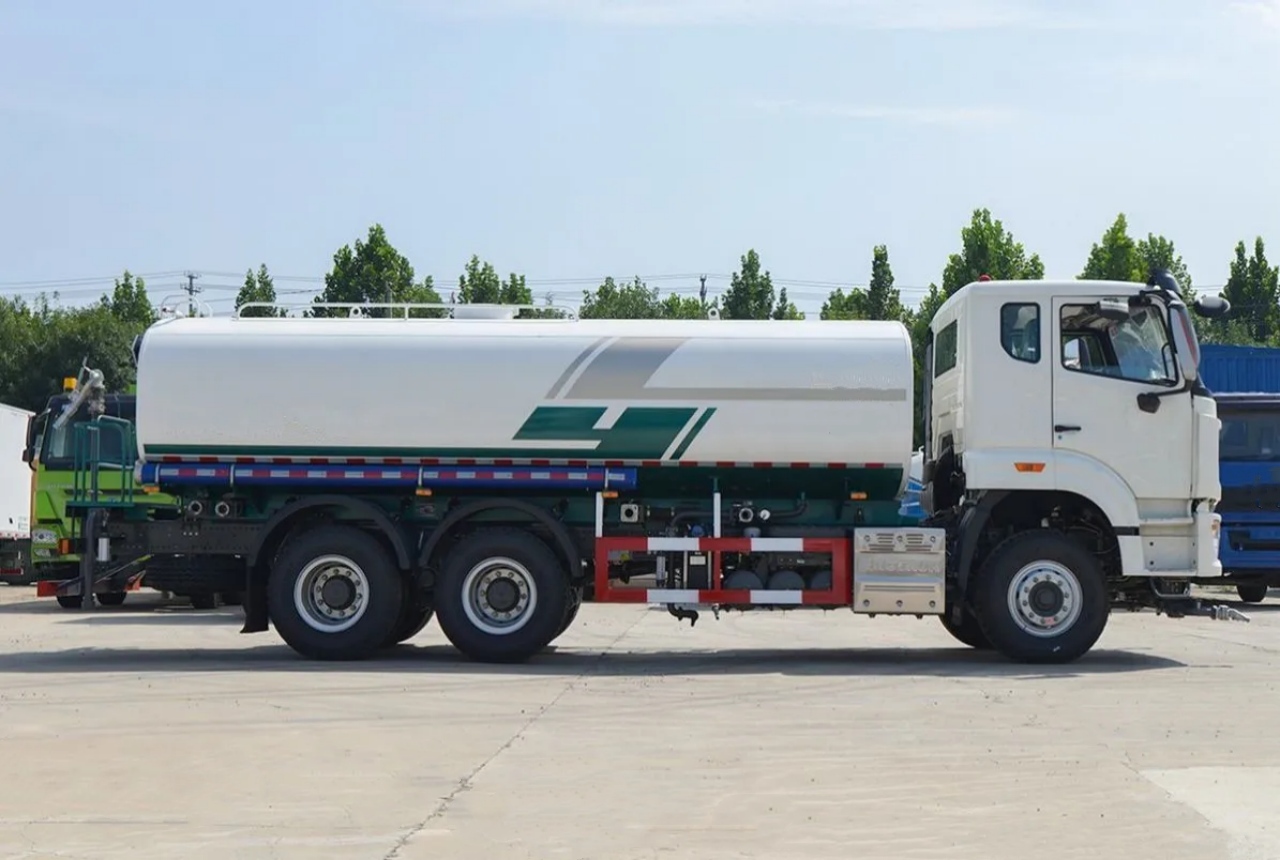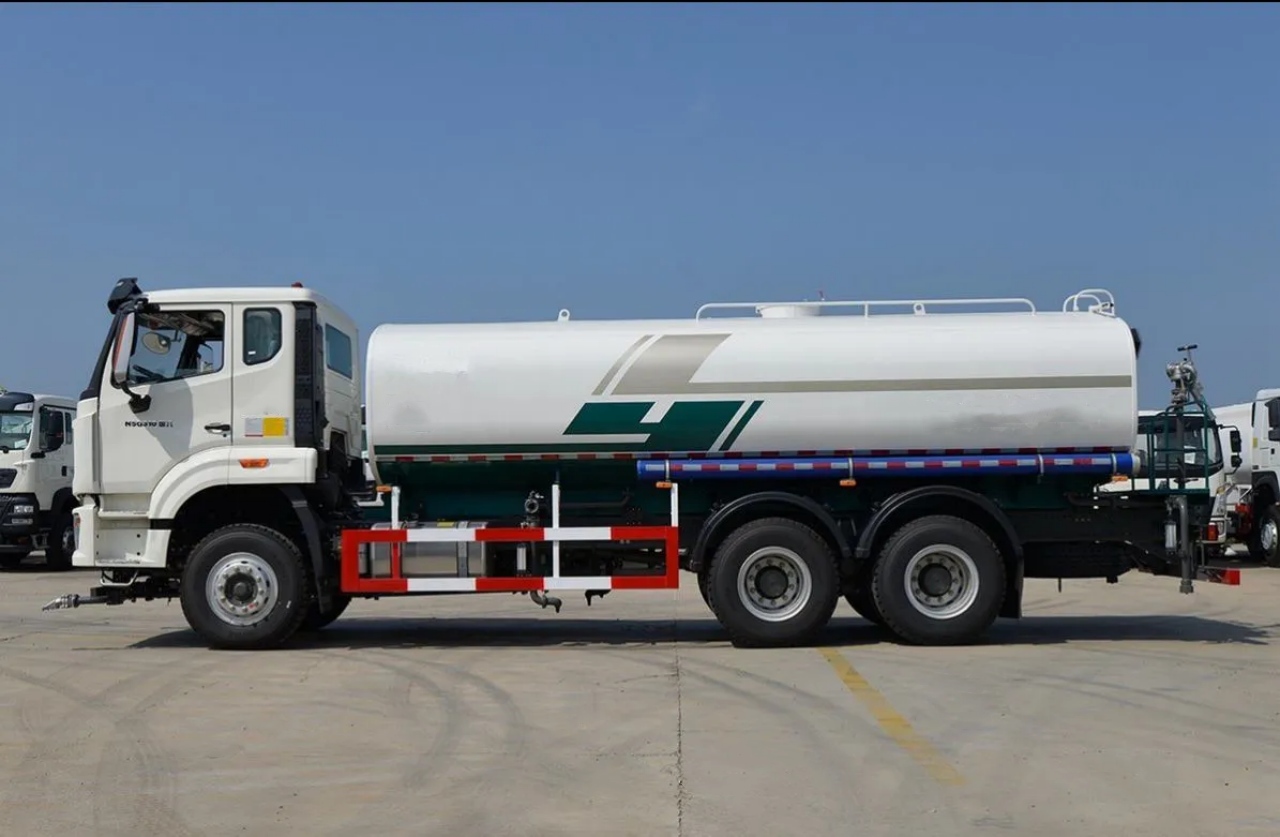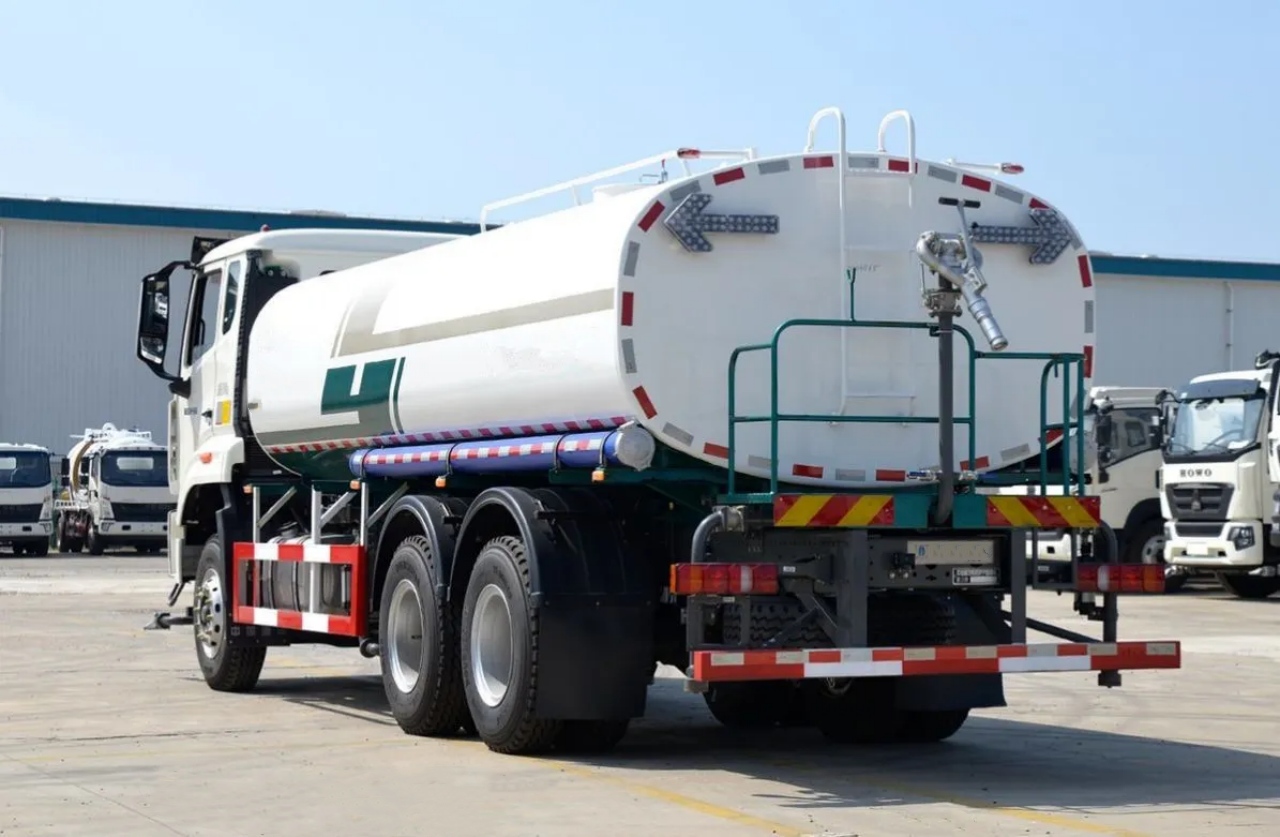Water trucks play a critical role in a wide range of industries, including construction, mining, agriculture, firefighting, and municipal services. Whether it’s suppressing dust on a construction site, irrigating crops, or supplying water in emergency situations, the capacity of a water truck is one of its most important characteristics. Understanding how many litres a water truck holds is key to choosing the right truck for a particular task and ensuring efficient water delivery.
In this article, we explore the various sizes of water trucks, the factors that influence their capacity, and how to determine which truck is best suited for your needs.
Understanding Water Trucks
A water truck is a specialized vehicle designed to transport and dispense water. It typically consists of a tank mounted on a truck chassis, along with a pumping and spraying system. These trucks are built to handle different terrain types and are equipped with components like spray bars, hoses, and nozzles for efficient water distribution.
The capacity of a water truck is usually measured in litres (or gallons in some countries). The size of the tank can vary significantly depending on the design and intended use.
Common Water Truck Capacities
Water truck capacities can range from small units suitable for light-duty applications to large, heavy-duty vehicles capable of transporting tens of thousands of litres of water. Here are the most common size categories:
1. Small Water Trucks: 2,000 to 6,000 Litres
Small water trucks are often used for light commercial applications, residential landscaping, or small construction projects. These trucks are usually built on light-duty or medium-duty truck chassis, making them more maneuverable in tight spaces.
Common uses:
- Landscaping and tree watering
- Small-scale dust suppression
- Municipal parks and gardens
2. Medium Water Trucks: 7,000 to 13,000 Litres
These trucks are more versatile and are often found on construction sites, farms, and industrial facilities. They are large enough to handle moderate watering tasks while still being easy to maneuver.
Common uses:
- Road construction and compaction
- Agricultural irrigation
- Fire control in rural areas
3. Large Water Trucks: 14,000 to 20,000+ Litres
Large water trucks are typically used in heavy-duty operations such as mining, road construction, and large-scale fire suppression. They are mounted on robust, off-road capable chassis and are designed to operate in rough environments.
Common uses:
- Mining dust control
- Bulk water delivery
- Emergency firefighting in forested or remote areas
4. Off-Road Mining Water Trucks: 30,000 to 95,000 Litres
These ultra-large water trucks are built on off-road articulated dump truck chassis or rigid mining haulers. They are specifically engineered for large-scale mining operations where enormous volumes of water are needed to control dust and maintain haul roads.
Common uses:
- Open-pit mining operations
- Quarry dust suppression
- Remote-site water delivery
Metric vs. Imperial Measurement
In many countries, including those using the metric system, water truck capacity is measured in litres. However, in regions such as the United States, capacity may be described in gallons. For reference:
- 1 US gallon = 3.785 litres
- 1 Imperial gallon = 4.546 litres
When reviewing truck specifications from manufacturers or suppliers, always verify whether the measurement is in litres, US gallons, or Imperial gallons to avoid confusion.
Factors Influencing Water Truck Capacity
Several factors affect the actual capacity and performance of a water truck:
1. Truck Chassis Size
The chassis size determines how much weight the truck can safely carry. A heavier-duty chassis allows for a larger tank. Manufacturers must balance tank size with the truck’s gross vehicle weight rating (GVWR) to ensure safety and compliance with transportation laws.
2. Tank Material and Shape
Water tanks are commonly made from steel, aluminum, or polyethylene. The shape and material of the tank can impact how much water it can hold. For example, round or elliptical tanks offer better sloshing control and stability but might limit total capacity compared to rectangular tanks.
3. Road and Load Regulations
Legal limits on vehicle weight and dimensions vary by country and region. These regulations can restrict how much water a truck can legally carry on public roads. In off-road applications like mining or agriculture, trucks may be able to carry more since they’re not constrained by road laws.
4. Use Case Requirements
Different jobs require different tank sizes. For example, a small farm might need only a 5,000-litre truck, while a mining operation might require a 60,000-litre off-road unit. Understanding the water volume needed per task will guide the appropriate truck size.
Examples of Water Truck Models and Capacities
Here are a few examples of real-world water truck configurations to illustrate typical capacities:
- Isuzu NPR 75 with a 5,000-litre tank – common for landscaping and municipal work.
- HOWO 6×4 Water Tank Truck with 10,000–15,000 litres – popular for construction and fire suppression.
- Dongfeng 8×4 Water Tanker with 20,000 litres – used in infrastructure and agricultural sectors.
- Caterpillar 777 Water Truck with 95,000 litres – widely used in mining operations.
Customization and Tank Upgrades
Many truck manufacturers and body builders offer customization options for water trucks. Businesses can tailor their trucks based on specific operational needs, including:
- Multiple spray heads
- Rear and side spray bars
- Fire hose reels
- Dribble bars and water cannons
- Stainless steel or anti-corrosion tank coatings
Custom trucks can be optimized not just for capacity but also for water distribution, durability, and control.
Choosing the Right Capacity
When deciding how many litres your water truck should hold, consider the following:
- Frequency of refills – Larger tanks mean fewer trips, but higher fuel consumption and more weight.
- Terrain and access – Will the truck need to navigate narrow roads, rough terrain, or urban areas?
- Legal load limits – Ensure compliance with local transport and weight regulations.
- Specific job demands – Match the tank size to the daily water usage for your tasks.
Consulting with truck dealers, fleet managers, or equipment specialists can help you make the right decision.
Conclusion
Water trucks are indispensable tools across a variety of sectors, and their capacity can vary from as little as 2,000 litres to over 90,000 litres, depending on the model and application. Understanding how many litres a water truck holds is crucial for selecting the right vehicle to meet operational demands effectively and efficiently.
By taking into account factors such as the work environment, regulatory constraints, and the amount of water needed, you can choose a water truck that optimizes productivity, minimizes downtime, and supports safe and sustainable operations.
Whether you’re managing a construction site, working on a farm, or supporting a large-scale mining project, there’s a water truck with the right capacity for your needs.
